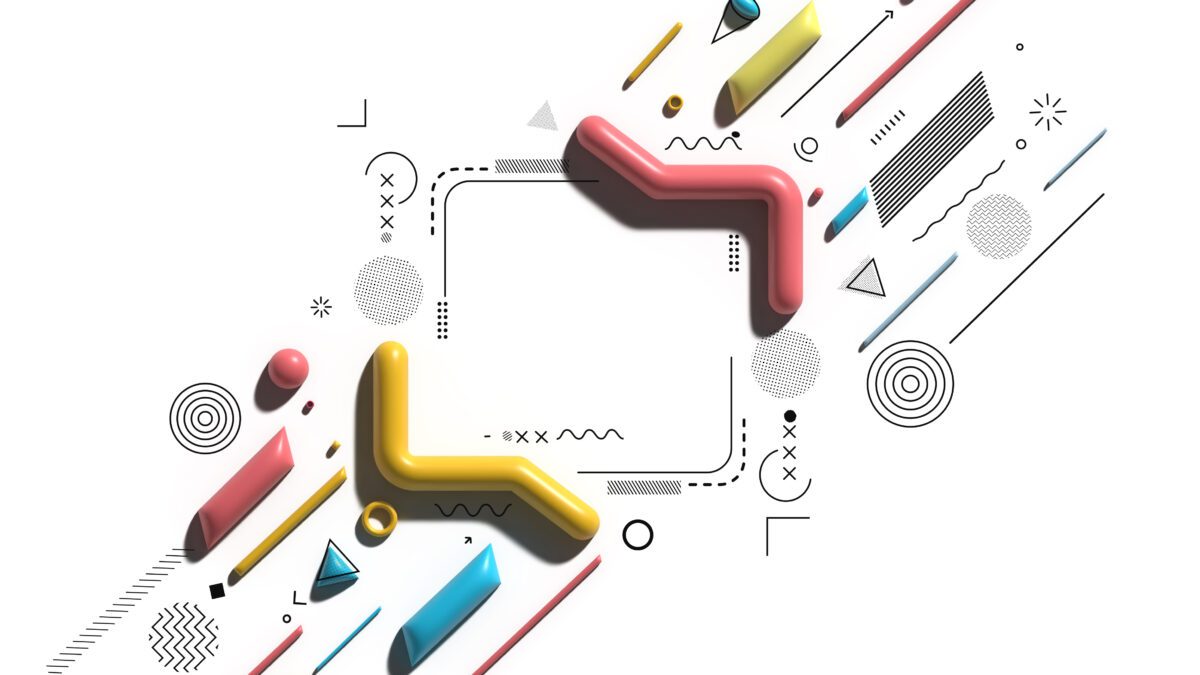During the age of ecological awareness, sustainable design becomes a strong force that goes beyond aesthetics to connect with eco-friendly concepts. This is a journey into the very final frontier in sustainable design, disclosing really effective techniques that transform creativity while diminishing environmental impact. From innovative materials to regenerative strategies, these techniques give the designer the power to weave sustainability right into the fabric of their work.
- Material Innovation:
Adopt a coloration of innovative and sustainable materials that goes beyond traditional choices. Look for alternatives such as recycled plastics, reclaimed wood, bamboo, and bio-composites. No longer confined to reducing the environmental impact, material innovation is a way to explore exciting textures and aesthetics.
- Cradle to Cradle Design:
Follow a cradle-to-cradle design philosophy: design each piece of a product in a way that it is fully biodegradable. The materials should be highly recyclable or biodegradable and support a circular economy in which waste is minimized and resources are perpetually used.
- Biophilic Design Elements:
Combine elements of biophilic design that brings customers nearer to nature. Add pure supplies, in addition to inexperienced areas and ample pure mild, for an atmosphere that augments well-being. Biophilic design enables and fosters deeper connections between people and the environment, harboring sustainable practices.
- Regenerative Design Principles:
Push beyond sustainability and adopt regenerative design concepts. Design to actually restore and improve ecosystems rather than just reduce harm. This approach involves making conscious choices that add value to the environment, such as planting native vegetation or promoting biodiversity.
- Energy-Efficient Solutions:
Embrace energy efficiency in designing. Explore sources of renewable power, combine energy-efficient applied sciences, and design spaces that maximize pure lighting and air flow. Power-conscious design not solely reduces the ecological have an effect on however additionally usually ends in long-term value financial savings.
- Upcycling and Repurposing:
Smack the concept of waste by upcycling and repurposing into design projects. Turn that which is trash or unused into new and useful and esthetically beautiful creations. Upcycling not only helps prevent waste, but it gives the design a unique and sustainable character.
- Design for Disassembly:
Enable easy recycling or refurbishment of products. Designing for ease of dismantling will mean separating two particular components will be easy once a product reaches end-of-life, which further reinforces a more circular and sustainable way of manufacturing products.
- Socially Responsible Design:
Discuss the social impact of design decisions. Socially responsible design involves fair employment practices, ethical sourcing of materials, and community involvement. By promoting social responsibility, designers advance the overall health of communities and produce products with a positive global impact.
- Water Conservation in Design:
Integrate water conservation measures into design projects. Learn about water-efficient landscaping, rainwater harvesting, and progressive applied sciences that cut back water consumption. Sustainable water practices not solely protect a valuable useful resource but additionally contribute to a resilient and eco-friendly design.
- Lifecycle Assessments:
Perform lifecycle assessments to identify the environmental impact of a design from raw material extraction to disposal. This holistic strategy aids the designer in informed decision making, identifying improvements, and optimization of designs for the least environmental impact during their whole life cycle.
This final sustainable design brings in more than just appearances, intertwining eco-friendly thoughts into the very fabric of works of art. The first two methods are extremely innovative: from material innovation to methods of regenerative design, they empower designers truly into the future, where ingenuity and environmental stewardship are as one. Sustainability goes from aesthetics to actual driving forces in design; might these methods bring on a new period of eco-conscious creativity that does not simply captivate our senses but also nurtures the planet we name our residence?.



Stay connected